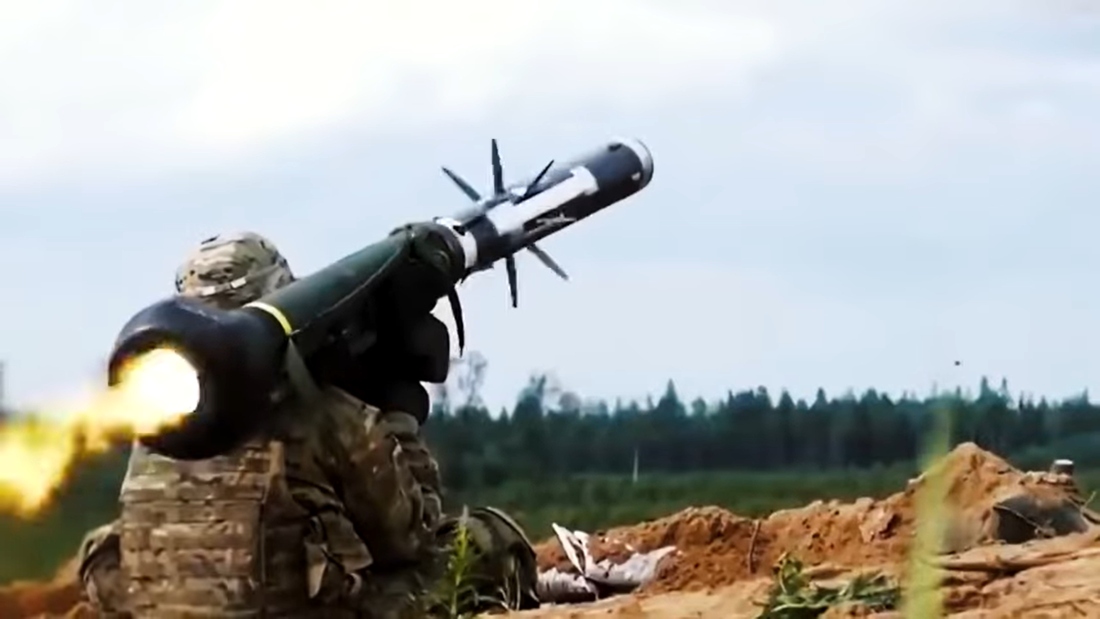U.S. is more than a DECADE behind in ammunition stockpiling but Biden is still giving it away to Ukraine
03/29/2023 / By JD Heyes

The New York Times isn’t known for being critical of Democrat regimes but the paper took a break from protecting Joe Biden and his party long enough this week to sound the alarm on a massive (and worsening) national security issue.
The Biden administration’s pledge to provide military aid to Ukraine to help it defend against the Russian invasion has reportedly caused concerns about the stability of the domestic stockpile of missiles and munitions in the United States. As part of the $33 billion military aid package sent to Ukraine so far, the US has promised to send a Patriot air-defense system along with over 200,000 rounds of artillery, rockets, and tank rounds, the outlet noted in its report.
Recently, the U.S. Navy admiral in charge of procuring ordnance for the East Coast-based fleet angrily denounced defense contractors who have been under-delivering ammunition for years. Specifically, the guided missiles used by Navy ships, submarines, and warplanes.
“Look at me. I am not forgiving the fact you’re not delivering the ordnance we need. OK?” Adm. Daryl Caudle warned contractors during an industry meeting in January. “We’re talking about war-fighting, national security, and going against a competitor here and a potential adversary that is like nothing we’ve ever seen. And we can’t dillydally around with these deliveries.”
His angst highlights a concerning issue that has become increasingly apparent as the Pentagon sends its own arsenal of weapons to aid Ukraine in repelling Russia and the US cautiously monitors for signs that China may provoke a new conflict by invading Taiwan. The problem is that the US is facing a shortage of capacity to produce the arms necessary for the nation and its allies during a period of heightened tensions among superpowers, the Times noted.
“Industry consolidation, depleted manufacturing lines and supply chain issues have combined to constrain the production of basic ammunition like artillery shells while also prompting concern about building adequate reserves of more sophisticated weapons including missiles, air defense systems and counter-artillery radar,” the paper reported.
The Pentagon, White House, Congress, and military contractors are working to address the problem of the US lacking the capacity to produce the arms that the nation and its allies need at a time of heightened superpower tensions. They are taking several steps to address this, such as increasing procurement budgets, offering suppliers multiyear contracts to encourage companies to invest more in their manufacturing capacity, and dispatching teams to help solve supply bottlenecks, the report continued.
The Pentagon is also abandoning some of the cost-cutting changes embraced after the end of the Cold War, including corporate-style just-in-time delivery systems and a drive to shrink the industry.
“We are buying to the limits of the industrial base even as we are expanding those limits,” Deputy Defense Secretary Kathleen Hicks said this month at a briefing on the Biden administration’s 2024 budget plan.
The changes being made are expected to take some time to have an impact, which leaves the military with the challenge of monitoring its dwindling stocks of certain crucial weapons.
During the 10 months after Russia’s invasion of Ukraine, prompting the United States to provide tens of billions in military aid so far, so many Stinger and Javelin missiles were sent from the US stocks to Ukraine that it would take 13 years and five years, respectively, to replace them at recent capacity levels, according to Raytheon, which helps make the missile systems.
To that end, the Pentagon is focusing on munitions procurement especially.
“In munitions alone, we’re investing $30.6 billion in FY24, a nearly-12% increase above FY23 enacted. Compared to the Defense Department’s budget request from just five years ago, we’re putting nearly 50% more money into munitions,” Hicks said during the briefing. “Almost one third of our munitions dollars are specifically for long-range fires to increase procurement and improve the capability of not only hypersonic missiles but also our most lethal and survivable subsonic weapons, including those we’ve been buying at or near maximum capacity for several years.”
Let’s hope it all comes quickly enough — before Biden draws down our weapon stocks to a level where we can’t even defend ourselves, because Ukraine isn’t going to return the favor.
Sources include:
Submit a correction >>
Tagged Under:
defense budget, government debt, Javelins, miliary tech, munitions, munitions shortage, national security, ordnance, procurement delays, Russia, Stingers, supply chain, Taiwan, U.S. armed forces, U.S. military, Ukraine, War, weapons tech, WWIII
This article may contain statements that reflect the opinion of the author
RECENT NEWS & ARTICLES
COPYRIGHT © 2017 CHAOS NEWS




















